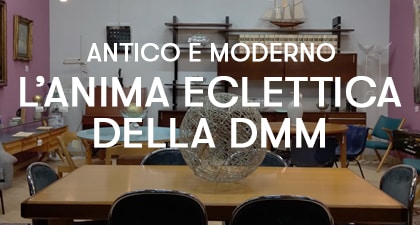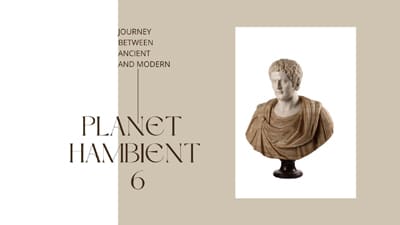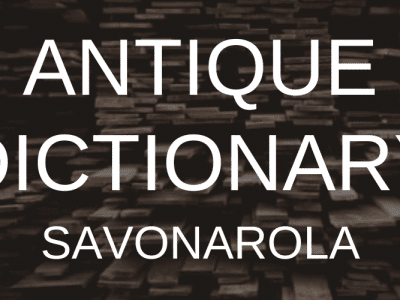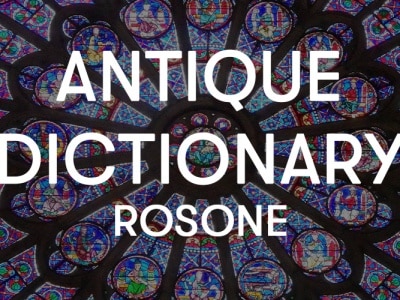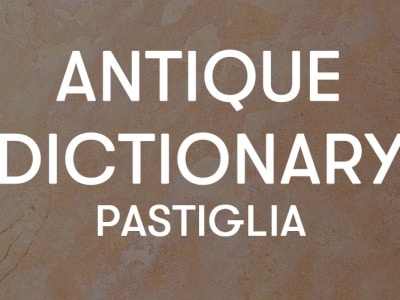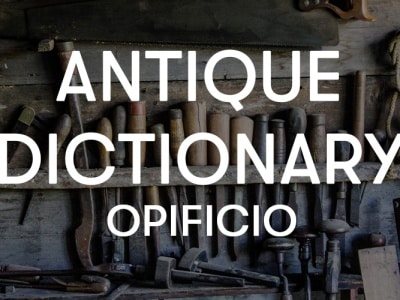
Fourth appointment with Classic Monday: a finely carved countertop mirror offers us the pretext to investigate the methods and timing of diffusion of the “new taste” in the Grand Duchy of Tuscany.
It was 1765 when Pietro Leopoldo of Habsburg became Grand Duke of Tuscany;
his enlightened government and reform program are central to the modernization of the state.
Pietro Leopoldo is not only interested in economic and financial policy, he also introduces protectionist measures aimed at protecting and supporting the excellent local manufacturers, in difficulty due to the import of cheap foreign goods through the lively port of Livorno.

It also supported and stimulated a certain market that was created, the one linked to the production of precious furniture and furnishings. At the request of wealthy patrons, collectors and foreign travelers, artistic, luxury furniture was produced in the Grand Duchy. This market was able to take off new activities and stimulate the recovery of ancient and specialized processes of the highest quality.
Neoclassical instances in furniture decoration began to establish themselves in Tuscany in 1780, if we want slightly later than other areas.
The Grand Duke entrusted the work of decoration of the Villa del Poggio Imperiale, the Uffizi and Palazzo Pitti to Giocondo and Grato Albertolli (moreover, it was Leopoldo himself who advised his brother Ferdinando to hire Albertolli in the direction of the chair of ornamentation of the Brera Academy).
The modernity and novelty of the works of the ornamentist can be seen above all in the geometric divisions of the spaces and in the decorative friezes where delicate plant compositions blend with elements taken from the ancient.
The neoclassical style of Albertolli is also evidently filtered by the reinterpretation that the homeland of the Renaissance had already given of the Roman stylistic canons in the fifteenth century. These works constituted the first sample book from which the new classical taste drew inspiration. The innovations spread quickly in the shops of the city through the numerous collaborators who supported Albertolli in the work.
In those years great changes were taking place in Florence.
There was a renewal of taste and decorative repertoires (already in a document of 1779 reference was made to cabriolet chairs in beech wood with oval backrest, pyramidal legs and Greek decorations – which were never found – made by the workshop of cabinetmaker Giovanni Toussaint. In the same period also the excellent shops of Odoardo Wyndham and Lorenzo Dolci passed towards the new taste. Their Neoclassicism was however very much linked to the city’s artistic tradition.
Florence also boasted a highly specialized workforce also in woodworking, distinguishing itself above all for its exceptional carvers, gilders and cabinetmakers.

The mirror, an ornamental object that originally stood above the fireplace, is representative of this transitional period. The complicated interweaving of the volutes of acanthus leaves, the use of animal figures, the festoons of roses, the medallion with a burin bottom are elements that make it comparable to the neoclassical mirrors that came out of the prestigious workshop of Lorenzo Dolci. On the other hand, the abundance of carving and invention recall the well-antecedent consoles made by Lorenzo’s father, Giovan Battista Dolci (now placed in the Oval Cabinet of the Royal Apartments of Palazzo Pitti, about 1667).
This particular production of luxury furniture, of which we can appreciate above all the fineness of the carving and gilding, also characterized by the coexistence of Rococo echoes and Neoclassical suggestions, testify to the peaks reached by Tuscan manufacturing in this era.













